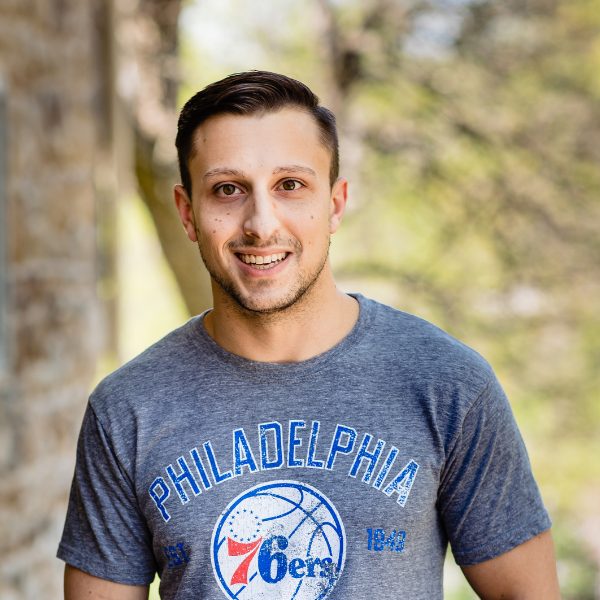South Coast Air Quality Management District (SCAQMD) Amended Rule 1147 and Rule 1147.2
Posted: July 25th, 2023
Authors: Matt C.
The South Coast Air Quality Management District (SCAQMD) amended Rule 1147 on May 6, 2022 and adopted Rule 1147.2 on April 1, 2022 to further reduce nitrogen oxides (NOX) and carbon monoxide (CO) emissions from gaseous fuel-fired combustion equipment, and specifically in the case of Rule 1147.2, from metal melting furnaces, heat treating furnaces, heating furnaces, and forging furnaces. For gaseous fuel-fired combustion equipment applicable to Amended Rule 1147, July 1, 2023 began the compliance countdown to achieve the applicable Rule 1147 NOX and CO emissions limits. The specific compliance date for each applicable unit is dependent on the unit burner age; however, for units with burners older than 12 years of age, compliance was required as of July 1, 2023.
Background
Rule 1147 is a source specific rule that applies to miscellaneous gaseous fuel-fired combustion equipment (i.e., ovens, afterburners, calciners, furnaces) with a rated heat input of greater than or equal to 325,000 British thermal units (BTU)/hour at non-Regional Clean Air Incentives Market (RECLAIM), RECLAIM, and former RECLAIM facilities. Upon adoption, Rule 1147 established NOX emissions limits of 20 to 60 ppmv depending on application, process, temperature, and implementation timeframes, and a CO emission limit of 1,000 ppmv for all applicable equipment categories. Units that did not meet these original Rule 1147 limits (prior to the May 6, 2022 amendments) are required to meet the applicable limits in Amended Rule 1147 when the burner reaches 12 years of age, or July 1, 2023, whichever is later. Units that do meet the existing Rule 1147 limits are required to meet the applicable limits in Amended Rule 1147 when the burner reaches 32 years of age or July 1, 2023, whichever is later.
Rule 1147.2 is a command-and-control rule that requires facilities that operate furnaces used for metal melting, metal heat treating, metal heating, and metal forging to comply with lower concentration limits (relative to Rule 1147). Rule 1147.2 transitions facilities out of RECLAIM – non-RECLAIM facilities with affected units are subject to the requirements of Rule 1147.2 and are no longer subject to Rule 1147.
Provisions to Rule 1147.2
Applicability:
Furnaces used for metal melting, metal heat treating, and metal heating and forging that are required to obtain a South Coast AQMD permit.
Emissions Limits:
Rule 1147 (non-RECLAIM) units have a transition NOX concentration limit of 60 ppmv @ 3% O2, dry, and former RECLAIM units have a transition NOX concentration limit of 102 ppmv @ 3% O2, dry or are subject to their existing NOX emission limit, whichever is lower. Both of these limits apply until a unit becomes subject to the concentration limits in Table 1 of Rule 1147.2 or the alternative concentration limits in Table 2 of Rule 1147.2. All units will eventually be subject to the concentration limits in Table 1, except units that can demonstrate NOX emissions of less than one pound per day qualify for an exemption from the concentration limits of this rule. Refer to Tables 1 through 3 of Rule 1147.2 for a breakdown of the source-specific limits.
Compliance Demonstration and Source Testing:
- Initial:
- Units located at a former RECLAIM facility are required to source test within 24 months of April 1, 2022. Units may use a previous SCQAMD-approved source test conducted before the date of the rule adoption as the basis for subsequent testing provided the source test and protocol are representative of the operation and equipment.
- New units are required to source test no later than 18 months after issuance of the Permit to Construct.
- Ongoing:
- Units with a rated heat input capacity ≥10 MMBtu/hr are required to test every three years. If annual heat input is less than 23 billion Btu per year, testing is required every five years.
- Units with rated heat input capacity < 10 MMBtu/hr are required to test every five years.
Monitoring:
- Units with a rated heat input capacity ≥40 MMBtu/hr must utilize a NOX continuous emissions monitoring system (CEMS) certified pursuant to Rule 218.2 and Rule 218.3 for non-RECLAIM or former RECLAIM facilities, or Rule 2012 at a RECLAIM facility. For more on Rules 218.2 and 218.3 and the significant changes in CEMS requirements related to them, our previous blog provides an overview of the major changes.
- Units utilizing a NOX CEMS to comply with the applicable NOX emissions limit must average data over an 8-hour rolling interval.
- Units that use ammonia as part of their emissions control system are required to either source test for ammonia quarterly or install and maintain a certified CEMS to measure ammonia. If the unit has demonstrated compliance with the quarterly source test requirements for four consecutive quarterly source tests, compliance can be demonstrated annually.
What should you do?
- Evaluate whether your combustion equipment is subject to the new emissions limits of Rule 1147 and Rule 1147.2 as of July 1, 2023, or when the burner reaches the age thresholds detailed above, whichever is later.
- Develop a plan to comply with Rule 1147 and 1147.2 – the rules require facilities to conduct initial and periodic testing and monitoring of emissions, and to report their emissions data to the SCAQMD. Facilities should develop monitoring plans and procedures for demonstrating compliance with testing, monitoring, and recordkeeping requirements pursuant to the applicable requirements.
ALL4 has a dedicated team of professionals specializing in emissions source testing, continuous monitoring systems (CMS), and reporting source testing and CMS data. Reach out to Aditya Shivkumar or Matt Carideo for more information on recent SCAQMD rule updates.

